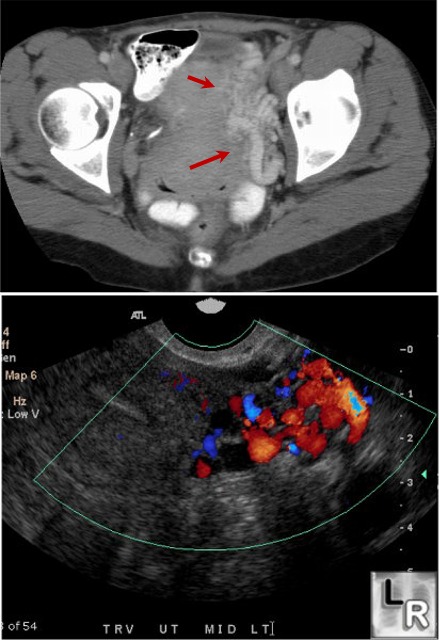

Some patients know the moment they injured their tailbone. It may feel like it “points” deep into the body, rather than continuous with the rest of the spine.

However in a dysfunctional alignment it may be painful to touch it or the tissue around it, immobile, and even noticeably off-center. In a healthy alignment it is mobile (moves slightly when pressed upon), center line, pain free, and continuous with the sacrum. To find your tailbone, just feel down your back, between the buttocks, until just above the opening of the anus. It’s shaped like a triangle, and attaches to the sacrum by ligaments that run front, back, and both sides. The coccyx, or tailbone, is the last piece of the spine. Once injured it can cause pain in sitting, pain with bowel movements, pelvic floor dysfunction, (such as pain with intercourse) or even cause reactions up the spine, all the way to the neck and head. What’s the connection?Īlthough it is a common site of injury, often taking the brunt of our many childhood and adult slip and falls, the tailbone is unfortunately an under-evaluated source of pain and dysfunction in both men and women. These are symptoms I see commonly grouped together in patients coming for treatment.

Inability to sit squarely or for long periods of time. Pelvic floor dysfunction such as pain with intercourse or urinary incontinence.


 0 kommentar(er)
0 kommentar(er)
